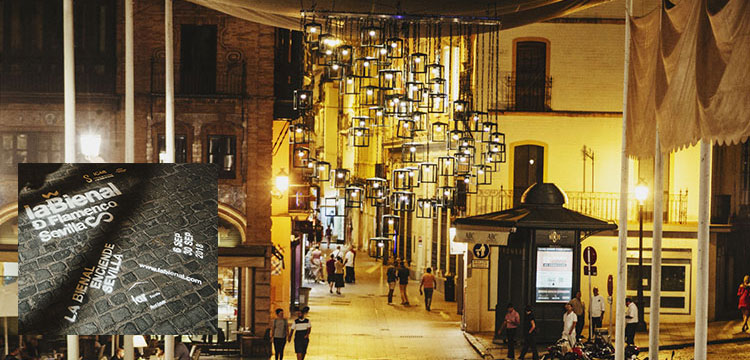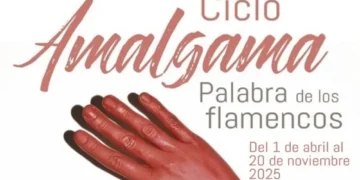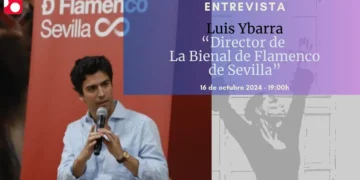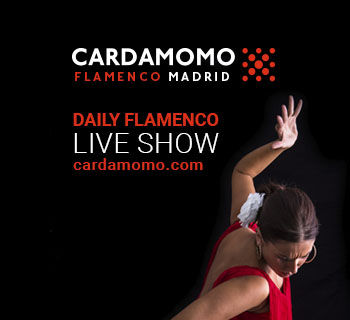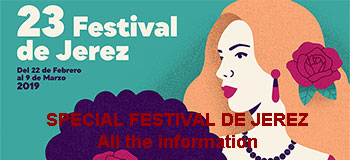The flamenco event kicked off its 20th edition on Thursday, taking to the streets with a massive gathering that showed the diversity and contrasts of the most insolent flamenco
Text: Sara Arguijo
Awaiting the official opening scheduled to take place today, Friday, at the Maestranza bull-ring with Arena, the revised version of Israel Galván’s legendary show, the Bienal de Sevilla took to the streets on Thursday to inaugurate its twentieth edition with a colorful and original celebration of singing, dancing, batas de cola, trumpets, accordions, flowers, candles and even drag queens that infected the surprised and enthusiastic crowd with happiness.
Thus, in an atmosphere of hustle-bustle and celebration, the flamenco happening showed that the richness of the art and of the world lies in diversity and not in narrow-minded vision. And following this premise, a provocative participative happening was offered that included all the elements that identify current flamenco, and all the cultural and social artists who live in Seville, contrasting one another in a fresh cheeky fashion.
The opening was given by singer Tomás de Perrate with a traditional peddler’s song of “cabbage and broad beans for the beautiful women” from the Muelle de la Sal. Just below, alongside Chillida’s monument to tolerance, dancer and choreographer José Galán continued with a moving flashmob in which dozens of participants showed there are no barriers to putting your soul at the service of flamenco rhythms, while José Valencia and María Terremoto sang bulerías.
At that point began the popular parade “No sin mi bata”, from the Laboratorio de Investigación Escénica Improbataciones that went across the packed Triana bridge with much fanfare, applause and flashing lights of cameras from cell phones.
After arriving at the Altozano, the fiesta got underway with Choni, David Bastidas and Alicia Acuña reenacting traditional celebrations, inviting the audience to join in and stirring the curiosity of tourists who asked one another “what’s going on?”, just minutes before a drag queen appeared dressed as a gypsy on stilts, and other artists improvising a round of tangos de Triana with the whole crowd singing along.
And then, on one side, the opening of a photography exhibit of Javier Caró on San Jacinto street, and on the other side, the lighting of the “Racimo de candiles” and representation of the work “Persecution” in the San Francisco plaza. And in the middle, just about anything you can imagine. Because in the end, what this cosmopolitan unprejudiced Bienal began with, is an invitation to the celebration of life, with a song of freedom and a call to enjoyment.
Photos: Oscar Romero – La Bienal
Discover more from Revista DeFlamenco.com
Subscribe to get the latest posts sent to your email.


